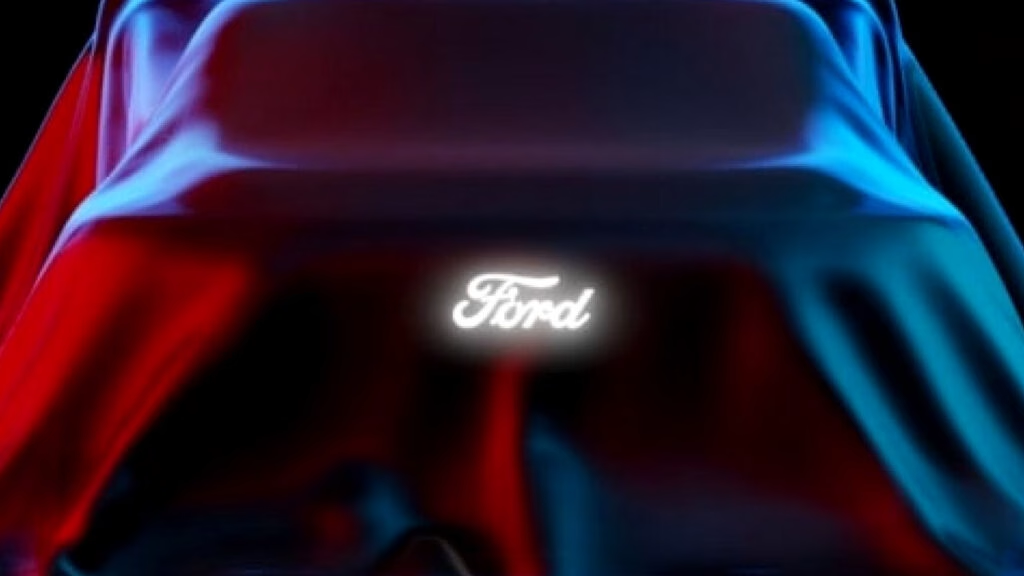Why Is Ford Delaying Its Next Big Electric Trucks and Vans?
If you’ve been keeping an eye on Ford’s electric vehicle roadmap, you’ve probably noticed a few twists and turns lately. The much-anticipated successor to the F-150 Lightning, once slated for a 2027 debut, has now been pushed to 2028. The next-generation E-Transit van? Also delayed, with its launch window moving from 2026 to 2028. And that three-row electric SUV that was supposed to take on the Kia EV9 and Hyundai Ioniq 9? Scrapped entirely.
So, what’s behind all these changes? Ford’s official line is that they’re responding to shifting market demand and aiming for improved profitability. But dig a little deeper, and you’ll find a mix of factors at play: cooling consumer enthusiasm for pricey EVs, evolving government incentives, and a growing realization that the sweet spot for electric vehicles in America might not be the biggest trucks or SUVs, but something smaller and more affordable.
How Are Shifting Market Trends Influencing Ford’s EV Strategy?
Let’s be real—2021 and 2022 were banner years for electric vehicle hype. But as of mid-2024, the landscape looks different. According to the International Energy Agency, global EV sales are still climbing, but the U.S. market has cooled a bit, especially for larger, more expensive models. High interest rates, persistent inflation, and the winding down of some federal tax credits have all played a role.
Ford’s CEO Jim Farley has been candid about the company’s need to pivot. He recently emphasized that the pure EV market in the U.S. is “very clear: small vehicles used for commuting and around town.” In other words, the days of betting big on massive electric trucks might be fading—at least for now. Instead, Ford is doubling down on developing a new low-cost EV platform, with a compact electric pickup leading the charge in 2028.
What’s Happening With the F-150 Lightning and E-Transit?
Despite the delays, Ford isn’t abandoning its current electric workhorses. The F-150 Lightning remains America’s best-selling electric truck, and the E-Transit continues to serve commercial customers. But the next generation of both vehicles is on hold, as Ford recalibrates its approach.
Suppliers have been notified that the new full-size electric pickup—codenamed T3—will now roll out of the BlueOval City plant in Tennessee no earlier than 2028. The same goes for the revamped E-Transit. In the meantime, Ford plans to start building prototypes of the T3 in 2027, keeping its options open as the market evolves.
Why Is Ford Prioritizing Smaller, More Affordable EVs?
Here’s where things get interesting. Ford’s pivot toward smaller EVs isn’t just a reaction to market headwinds—it’s a strategic move to capture a broader audience. Compact electric vehicles are cheaper to build, easier to sell at a profit, and more accessible for everyday drivers. Think about it: not everyone needs a full-size pickup, but a compact electric truck or crossover could appeal to city dwellers, young families, and small business owners alike.
Ford’s new low-cost EV platform is expected to underpin several models, starting with that compact pickup in 2028. The company is also trimming its lineup to focus on segments where it can actually make money, rather than chasing every possible niche. It’s a pragmatic approach—one that echoes moves by other automakers, like General Motors and Toyota, who are also rethinking their EV strategies in light of real-world demand.
Could the Ranchero Name Make a Comeback?
Here’s a fun twist: Ford recently filed a trademark for the name Ranchero, a nod to its classic car-truck hybrid from decades past. While there’s no official confirmation yet, the timing is curious—especially with an announcement about Ford’s new EV platform expected soon. If the Ranchero name does return, it could signal a blend of nostalgia and innovation, tapping into the same playbook that brought back names like Maverick and Lightning.
What Does This Mean for Ford’s Broader Electrification Plans?
Ford’s latest moves are part of a larger industry trend. Automakers across the board are slowing down or reshuffling their EV launches, focusing on hybrids and plug-in hybrids as a bridge to full electrification. In fact, Ford has publicly stated it will increase hybrid production to meet current demand, even as it delays some all-electric models.
This hybrid-first approach isn’t just hedging bets—it’s a response to consumer realities. According to a 2024 J.D. Power study, hybrid sales in the U.S. have surged by over 50% year-over-year, while pure EV growth has slowed. For many buyers, hybrids offer the best of both worlds: lower emissions without the range anxiety or charging hassles.
What Should Buyers and Industry Watchers Expect Next?
If you’re in the market for an electric Ford, don’t panic—current models like the F-150 Lightning and E-Transit aren’t going anywhere just yet. But if you’ve been holding out for the next generation, patience will be key. The real action in the coming years will be in the compact and affordable EV space, where Ford hopes to make a big splash.
Keep an eye out for updates around August, when Ford is expected to unveil more details about its new EV platform and possibly resurrect the Ranchero name. And if you’re curious about hybrids, now might be a great time to explore those options, as Ford and other automakers ramp up production.
The big takeaway? Ford’s EV journey isn’t about perfection—it’s about smarter adjustments. Start with one change this week, and you’ll likely spot the difference by month’s end.

